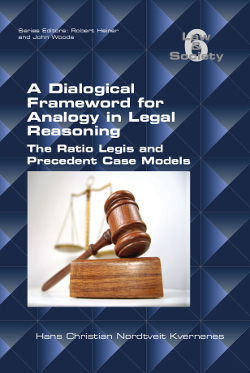 | A Dialogical Framework for Analogy in Legal Reasoning
The Ratio Legis and Precedent Case Models
Hans Christian Nordtveit Kvernenes
An analogy can be understood as two things that are similar to each other and as a foundation for argumentation, they play an essential role in most, if not all, legal systems. Provided here, is an investigation of the underlying assumptions and requirements that ground good analogical arguments. Based on the Aristotelian analysis of proportionality, analogies are represented in the framework of immanent reasoning, enabling the inclusion of what has been identified as initial conditions. This is a new feature not known from any other logical representations.
First is the explication of a general meaning structure behind legal analogies across the legal systems of Common and Civil Law, situated in the intersection of current discussions within logic, law and computer science. In the further dialogical interpretation, eight different forms of analogies are distinguished and a comprehensive and even more refined analysis of the newly introduced initial conditions arise. The framework is then concretely applied both to the well-known Common Law example of Adams v. New Jersey Steamboat Co. and to three different Supreme Court decisions concerning the responsibility of paying the Tax on Documented Legal Acts from Spanish Civil Law.
Through both a general overview of the current challenges and solutions related to analogy in legal reasoning, as well as an independent analysis of analogy, this very complex concept is explained in a simple and natural way, closely related to actual legal practice. The given analyses are highly interdisciplinary, uniting historico-philosophical reflections, recent computer scientific developments and applied legal argumentation.
Author's affiliations:
UMR 8163: STL,
Université de Lille, France
and
Institute of philosophy,
UiT - The Arctic University of Norway
February 2022
978-1-84890-391-3
|

